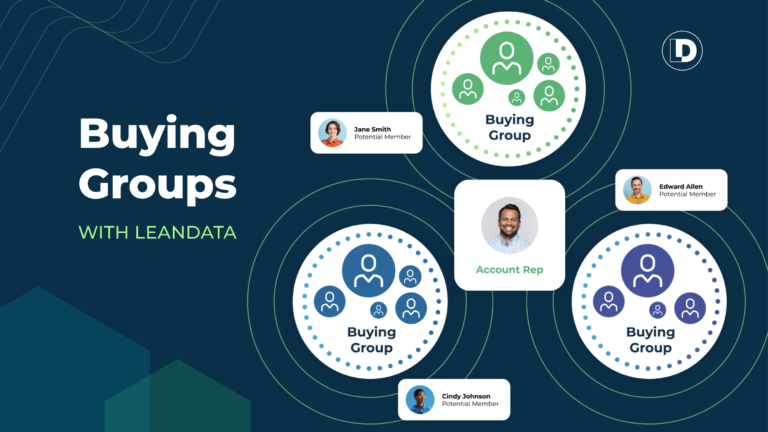According to a 2018 Demand Gen report, 58 percent of B2B organizations rated their current ability to measure and analyze marketing performance as “needs improvement” or worse.
Yet, many are failing to implement an effective marketing attribution solution that shows which marketing efforts are leading to sales and those that are unsuccessful at driving adequate revenue.
In our new eBook, “The Building Block Guide to Marketing Attribution,” we and a selection of industry leaders will explain how to make marketing attribution your secret weapon, including why marketing attribution is key, why companies struggle with it and how you can become a marketing attribution rock star.
Let’s take a look at some of the highlights.
Marketing Attribution Is Critical
What are the benefits to marketing attribution? When implemented properly with the right data, marketing attribution can:
- Provide valuable insights into campaign performance
- Determine campaign return on investment (ROI)
- Reveal which campaign “touchpoints” are most impactful
Brian Hansford, VP of Performance Management for Heinz Marketing, put it best:
“Attribution is a fantastic idea that’s an imperative because it connects the dots between marketing tactics and revenue performance.”
Additionally, a well-executed marketing attribution strategy can relieve the pressure that’s put on marketers to prove the value of their efforts. With accurate, organized data, marketers can easily show executives the measurable impact that their campaigns have had.
The Attribution Struggle Is Real
Given the multitude of benefits that marketing attribution can provide, it seems counterintuitive that many companies are neglecting to adopt it. But the struggle is real.
The reality is that companies are failing to adopt marketing attribution not because they don’t see its value, but because there are a few key challenges that often arise.
These challenges include:
- Low-quality data: In a 2017 Cloudingo study, 58 percent of respondents said that their Salesforce data was not useful or reliable. Since effective marketing attribution depends on clean and accurate data, it’s not hard to see why low-quality data is a significant hurdle to many companies.
- Key metrics identification: One of the biggest boons of marketing attribution is that it can clearly show executives how marketing campaigns are affecting sales. However, marketers struggle to determine which metrics will matter to the C-suite.
- Choosing an attribution model: Since marketing tactics and channels vary greatly from company to company, there is no one-size-fits-all attribution model. This can make it difficult for organizations to choose a model that will work for them.
These problems are compounded by the fact that marketing attribution is a relatively new concept, meaning that companies don’t have a wealth of clear real-world examples within their own industry to learn from.
Becoming an Attribution Rock Star
On the road to marketing attribution superstardom, it’s essential you get started on the right foot.
This can be accomplished by identifying “North Star KPIs” — in other words, you’ll need to identify key performance indicators (KPIs) that attribution data can help to measure.
You’ll also need to decide which attribution model is right for your organization. There are three basic attribution models to choose from:
- First-touch: 100 percent of credit is given to the first campaign touchpoint
- Last-touch: 100 percent of credit is given to the last campaign touchpoint
- Multi-touch: Credit is weighted and assigned based on the mix of campaign touchpoints
When determining which model to use, consider that each model answers different questions. For example, a first-touch model helps to understand which campaigns are generating the most leads, a last-touch model helps to understand which campaigns are most effective at closing leads and a multi-touch model can provide a multifaceted view of overall campaign performance.
Then, you’ll need to support your chosen attribution model with good, clean data. This means eliminating the information gaps that exist in the sales and marketing infrastructure.
Finally, you’ll need to put the building blocks together with the right tools. Don’t make the mistake of going into marketing attribution with a DIY attitude — as Alexander DeMoulin, Growth Marketing Manager at Smarsh, put it, “We tried to just figure this out on our own with Salesforce reports in Excel and it was next to impossible.”
In the end, marketing attribution and the tools it requires to execute will be well worth the investment. With its ability to reveal the strengths and weaknesses of your company’s marketing tactics and enable you to make smarter (and more lucrative) marketing decisions in the long-run, an effective marketing attribution strategy will soon pay for itself many times over.
To learn more about marketing attribution and how you can use it in your own company to track revenue, save time and identify where you can stop spending money on underperforming campaigns, download our ebook instantly now.






